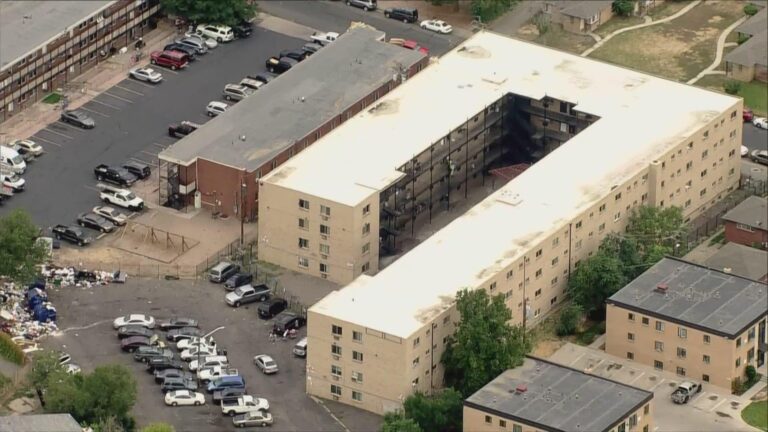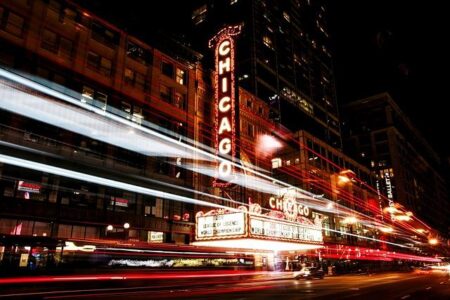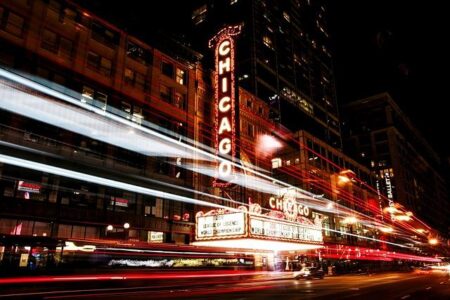Suburban Rent Boom Drives Aurora Apartment Investments
The multifamily housing market in Aurora, Illinois, is undergoing a notable transformation as rental prices in suburban neighborhoods climb, sparking increased investor interest. Recently, two prominent apartment complexes changed ownership, reflecting a growing confidence in Aurora’s rental market. This shift highlights a broader migration of renters seeking more affordable and spacious living arrangements beyond Chicago’s city center, positioning Aurora as a key beneficiary of this suburban appeal.
Primary drivers behind this trend include:
- Escalating rents in adjacent suburbs encouraging tenants to explore Aurora’s cost-effective housing options
- Significant infrastructure enhancements improving accessibility and lifestyle quality
- Strong employment growth fueling demand for rental units
| Apartment Community | Transaction Value | Number of Units | Closing Date |
|---|---|---|---|
| Maple Grove Residences | $42 Million | 280 | April 2024 |
| Riverside Commons | $37.5 Million | 240 | May 2024 |
Understanding Aurora’s Suburban Housing Market Shift
Aurora’s residential rental market is experiencing rapid growth, driven by a surge in demand for suburban living paired with competitive rental pricing. The recent acquisition of two large apartment complexes underscores investor optimism in the area’s rental prospects.This momentum is propelled by a demographic shift as more young professionals and families relocate from Chicago’s urban core in search of affordable housing, enhanced amenities, and improved transportation options.
Key market forces shaping this expansion include:
- Consistent migration of households prioritizing suburban environments
- Rental rate increases outpacing neighboring regions, attracting investor attention
- Upgrades in public transit and road networks reducing commute durations
- Developers responding with new construction to satisfy rising demand
| Indicator | Q1 2023 | Q1 2024 | Percentage Change |
|---|---|---|---|
| Average Monthly Rent ($) | 1,250 | 1,400 | 12% |
| Apartment Sales Transactions | 3 | 7 | 133% |
| New Housing Permits | 150 | 210 | 40% |
Investor Approaches to Suburban Rental Property Growth
Capital is increasingly flowing into suburban apartment complexes as rental demand intensifies beyond metropolitan centers. Factors such as affordability, larger living spaces, and lifestyle shifts-especially the rise of remote work-have accelerated this trend. Recent transactions exceeding $100 million highlight a strategic realignment, with investors focusing on assets that offer reliable income streams and strong recognition potential amid evolving demographic patterns.
- Portfolio Diversification: Incorporating suburban properties helps mitigate risks associated with urban market fluctuations.
- Tenant Preferences: Spacious units, enhanced amenities, and proximity to parks and recreational areas appeal to families and telecommuters.
- Growth Outlook: Aurora’s rental price growth surpasses regional averages, indicating promising future returns.
| Metric | Aurora Suburban Properties | Chicago Urban Properties |
|---|---|---|
| Rent Growth (2023) | 7.5% | 4.2% |
| Occupancy Rate | 95% | 91% |
| Capitalization Rate | 5.2% | 4.7% |
These investment patterns suggest suburban multifamily properties are becoming foundational components of institutional portfolios. They benefit from steady tenant demand and align with long-term strategies emphasizing community integration and transit accessibility. For investors, Aurora’s apartment complexes represent a compelling blend of yield and growth potential, making them a focal point in the Midwest’s evolving rental market.
Strategies for Success in Aurora’s Changing Apartment Market
As suburban rental markets like Aurora expand rapidly, both investors and renters must adopt adaptive strategies grounded in local market intelligence. The demand shift toward affordable, accessible suburban living calls for proactive measures, including:
- Tracking localized rent fluctuations to anticipate market movements and optimize pricing strategies.
- Collaborating with knowledgeable local real estate professionals who can provide insights into emerging neighborhood trends.
- Considering mixed-use developments that combine residential units with retail and recreational amenities to attract and retain tenants.
Examining recent high-value sales in Aurora offers valuable context for future decision-making. Below is a summary of recent transactions and their associated rent growth:
| Apartment Community | Sale Price (Millions) | Units | Rent Growth (%) |
|---|---|---|---|
| Maple Ridge Estates | $45 | 300 | 7.5% |
| Pine Hill Residences | $38 | 250 | 6.8% |
By leveraging these insights, stakeholders can better navigate Aurora’s dynamic rental landscape and capitalize on its growing suburban desirability.
Conclusion: Aurora’s Suburban Rental Market Outlook
The recent acceleration in suburban rent growth has firmly established Aurora as a hotspot for multifamily housing investment, as demonstrated by the high-profile sales of key apartment complexes. This development reflects a wider shift in housing preferences away from Chicago’s urban core toward more affordable and spacious suburban environments. As Aurora continues to attract both renters and investors, the city’s real estate market is poised for sustained expansion, with significant implications for regional economic development and community growth.





